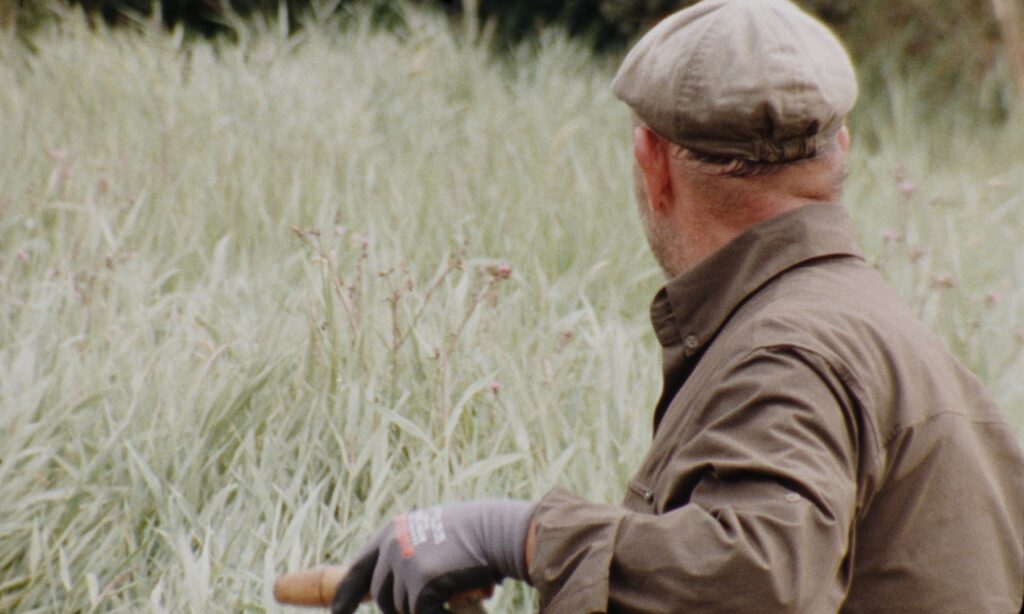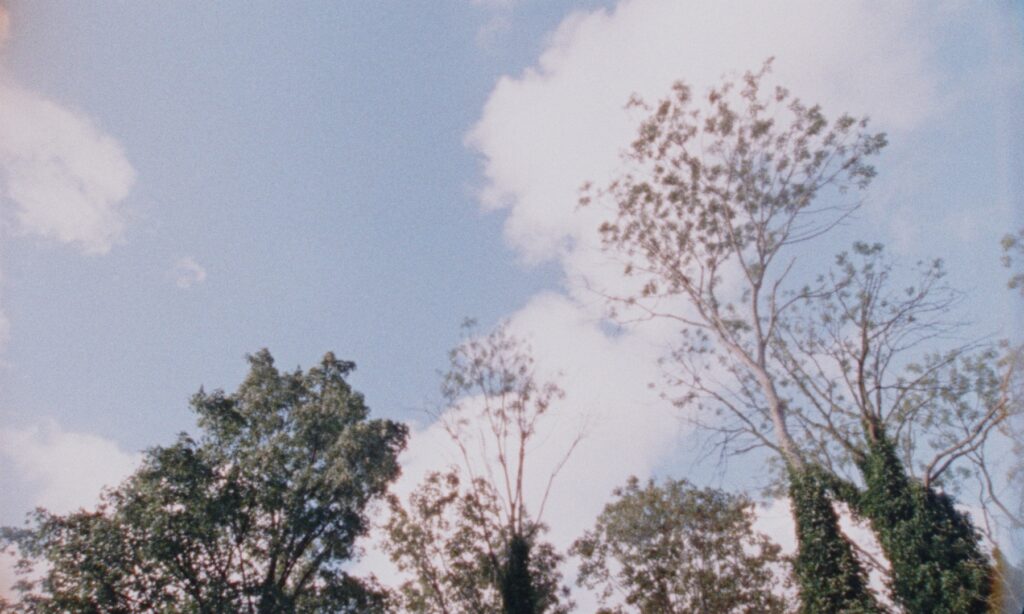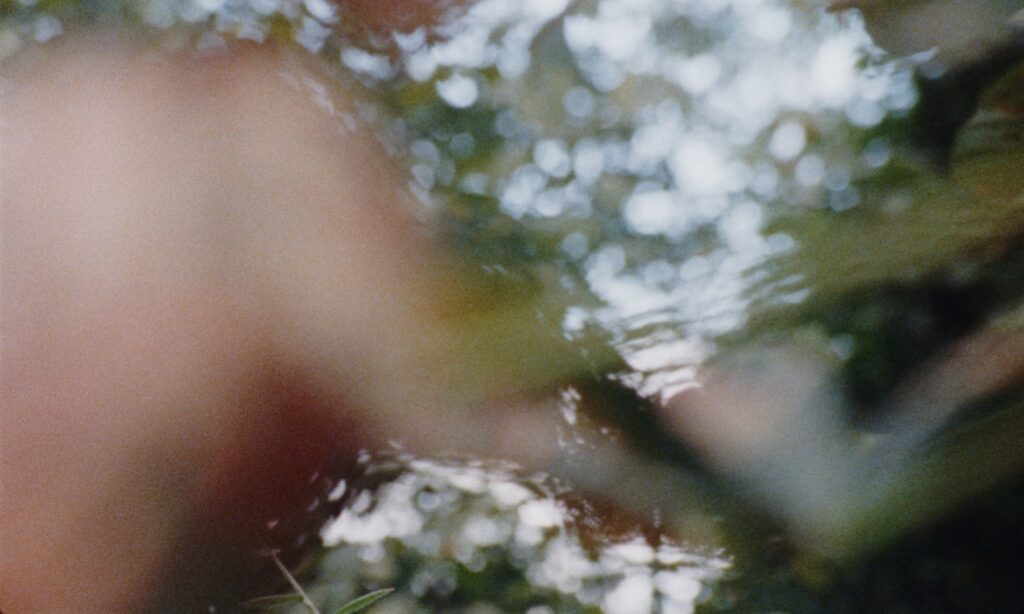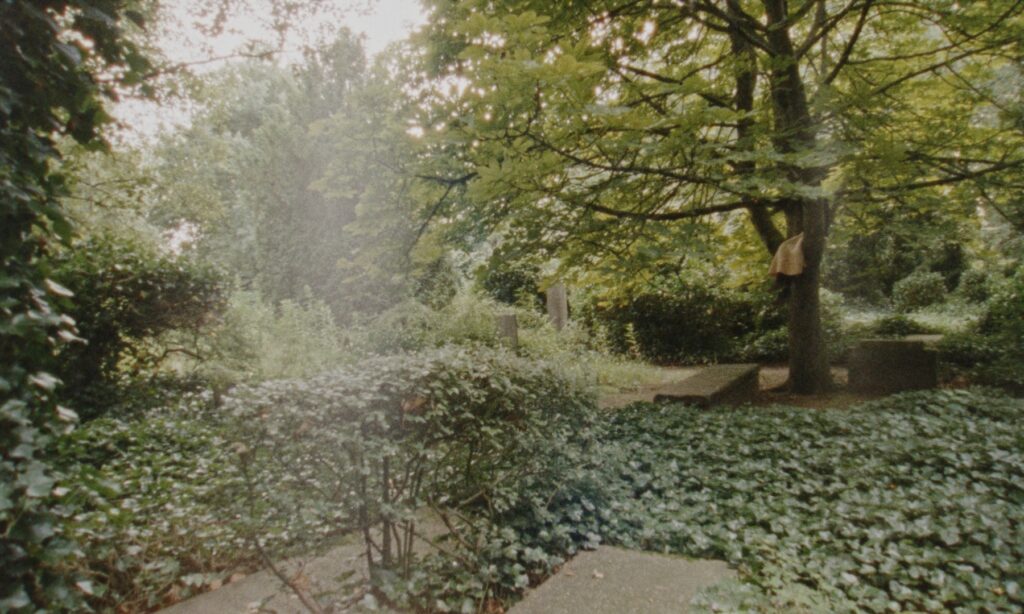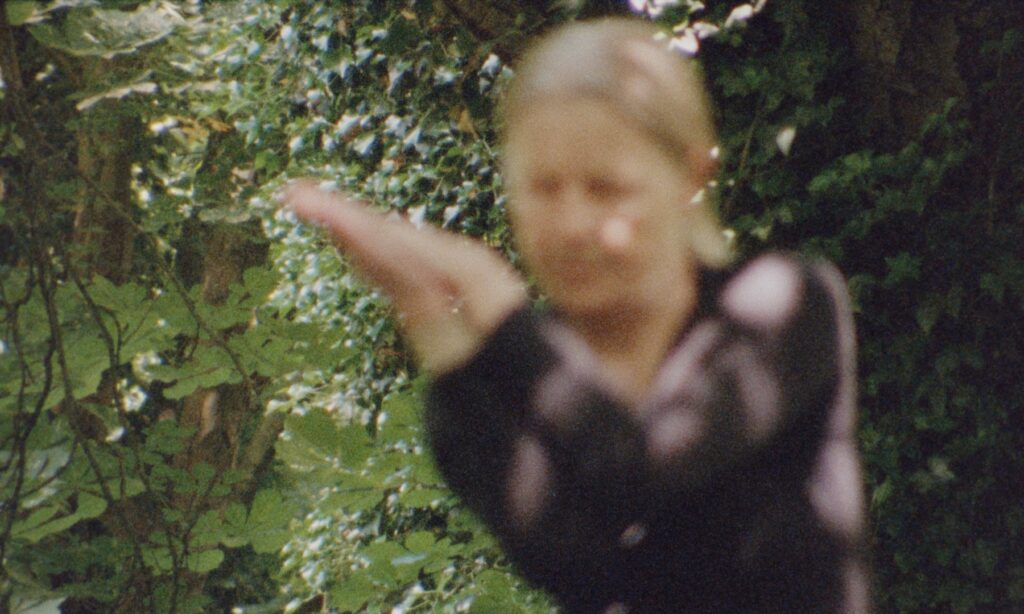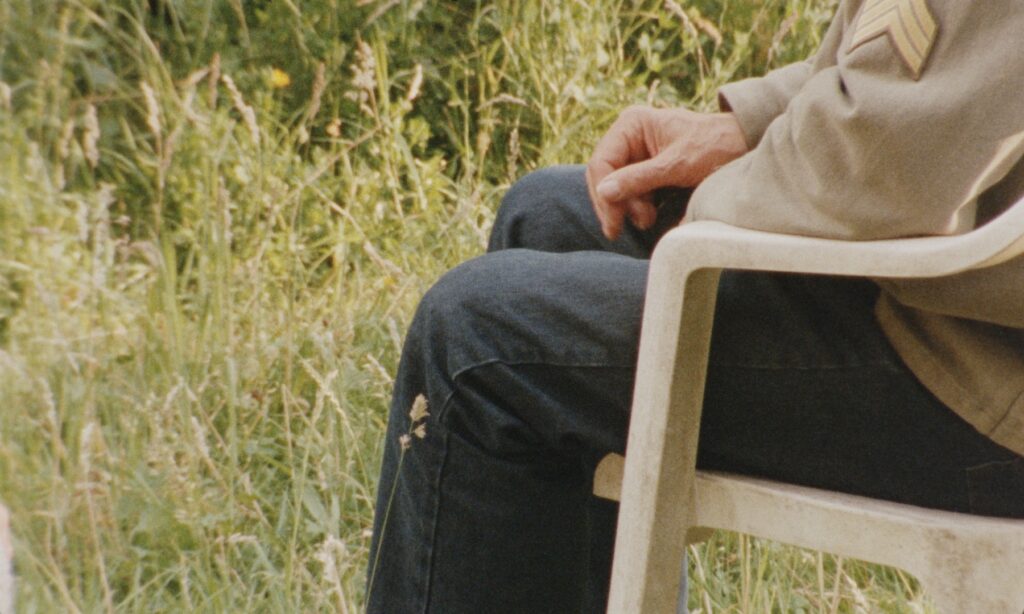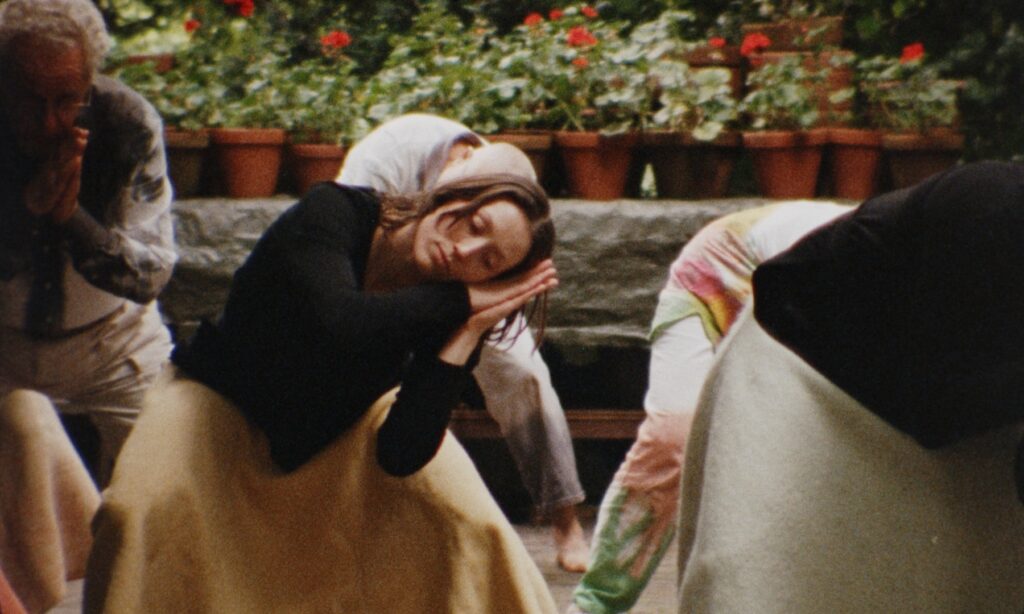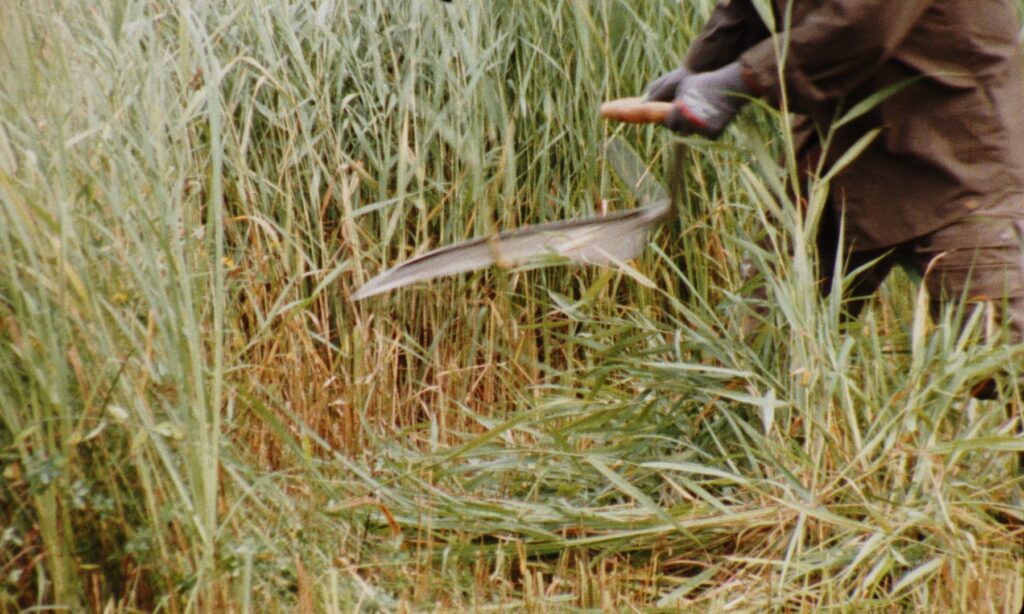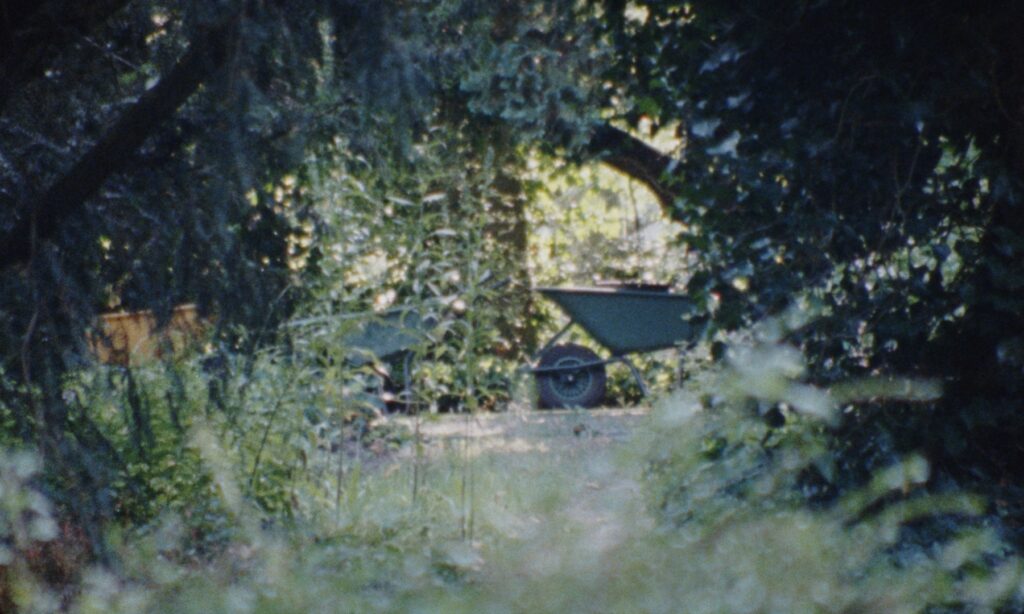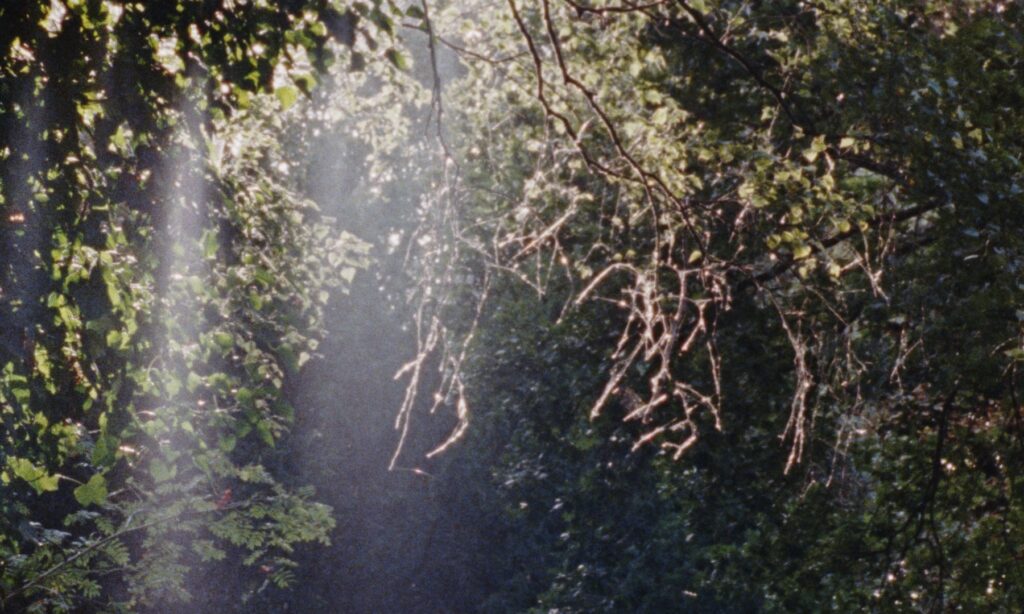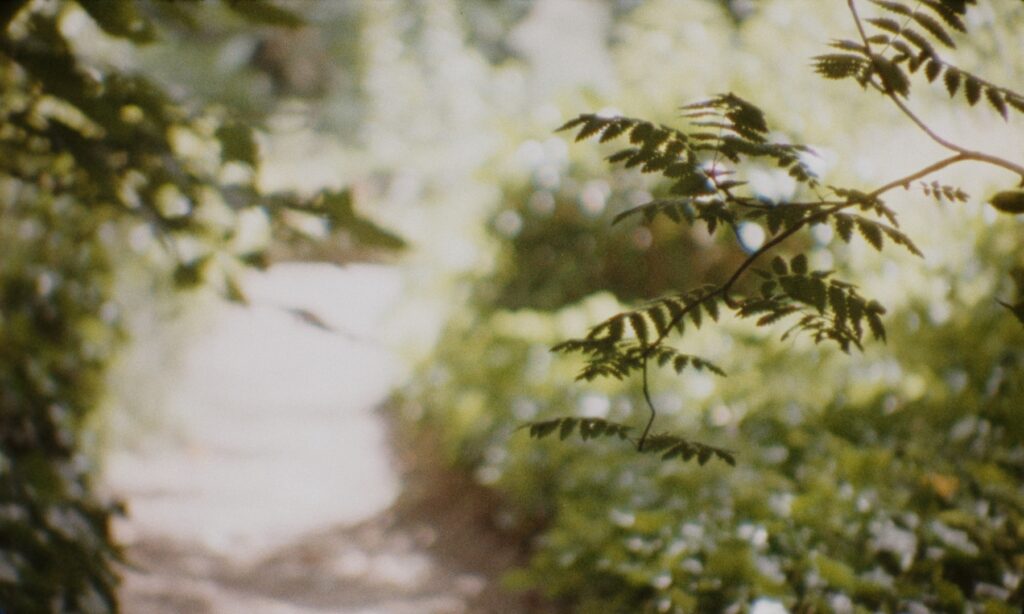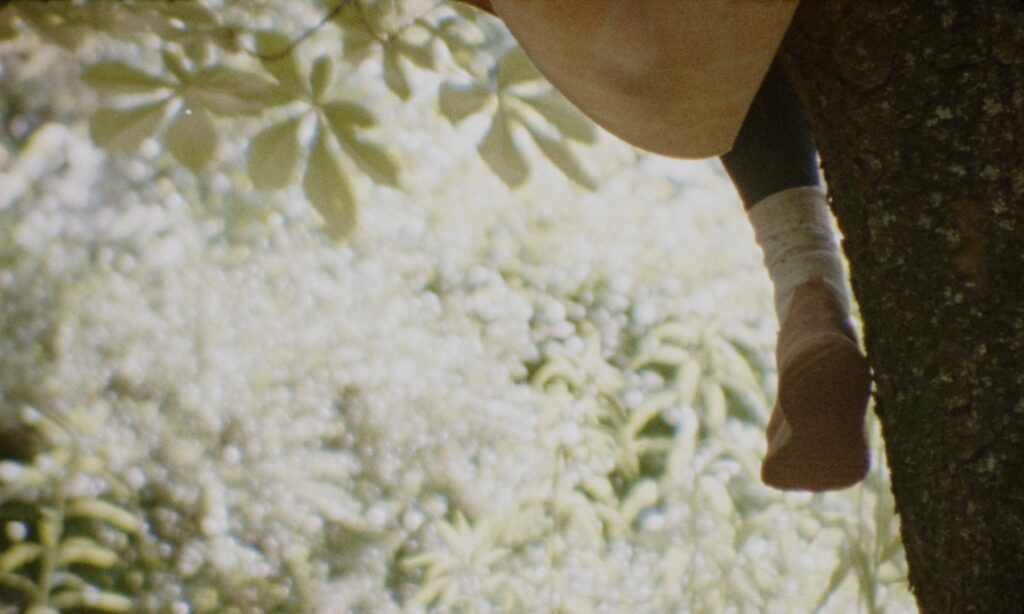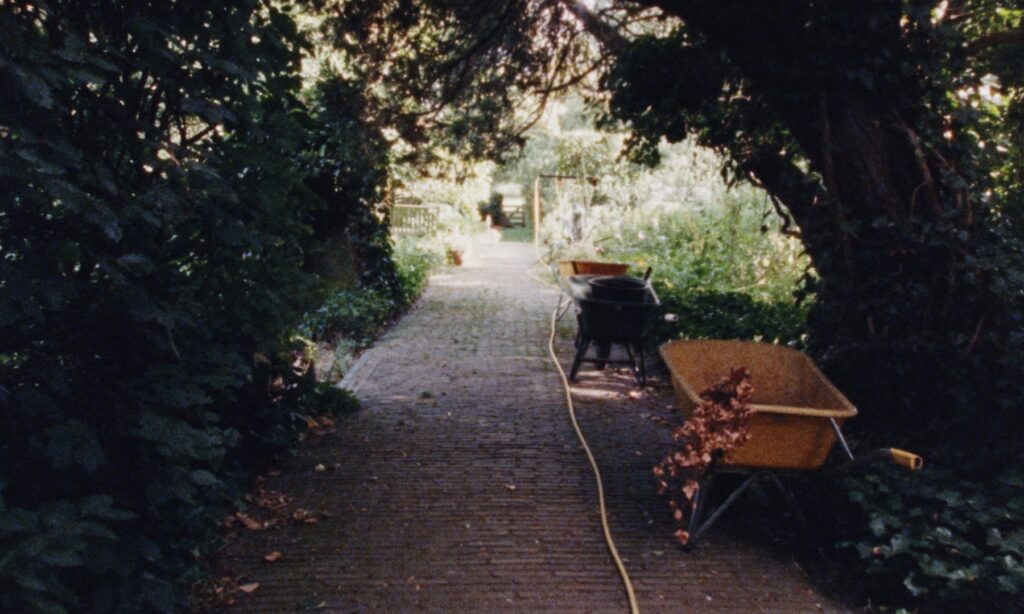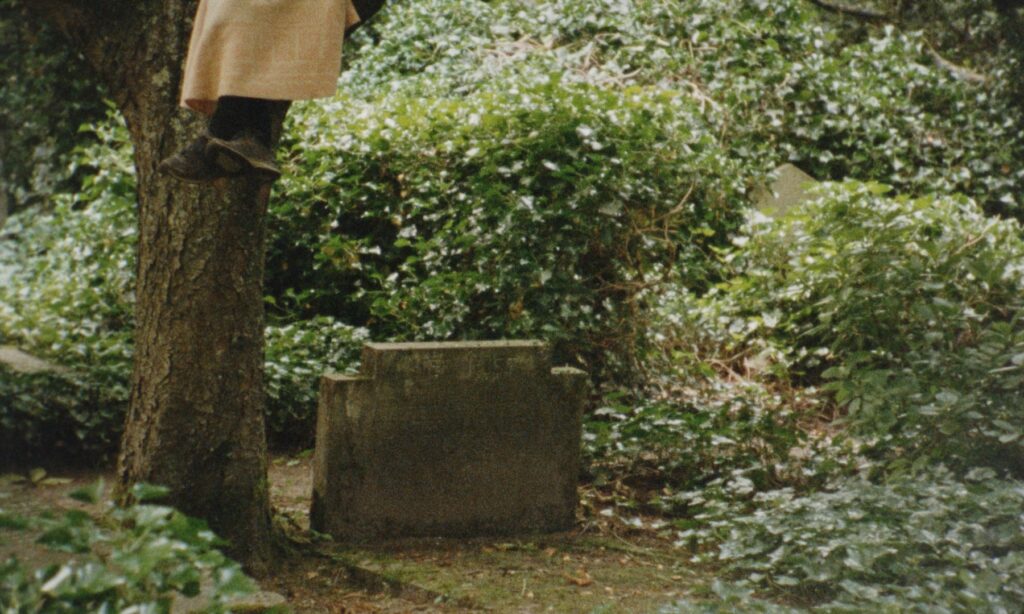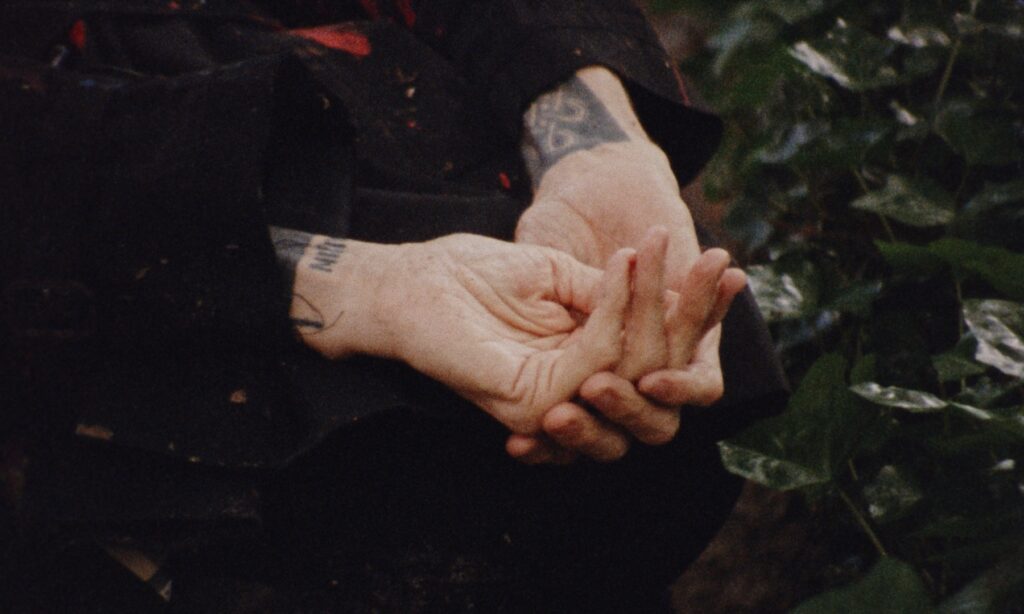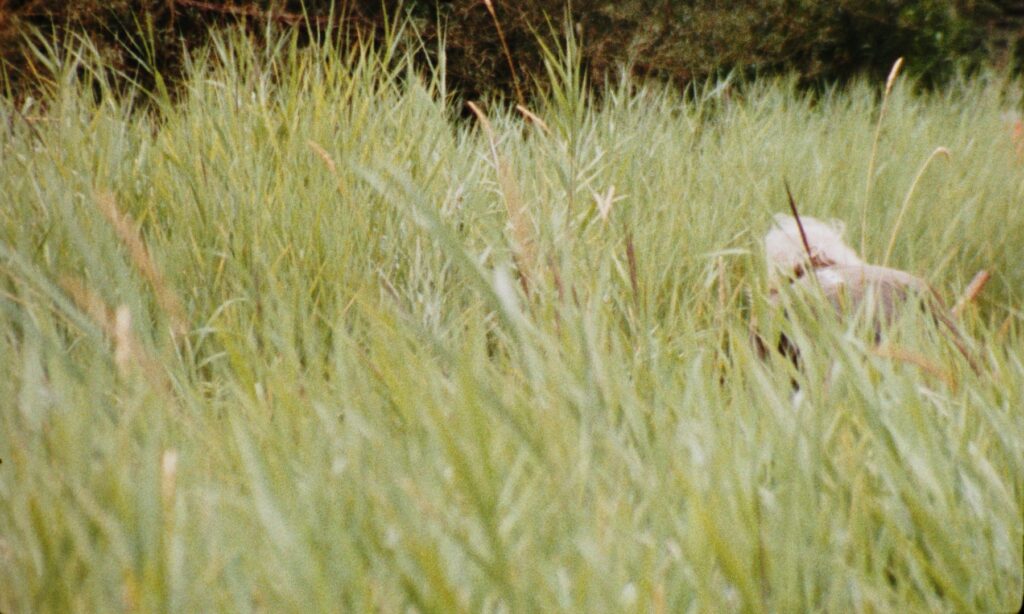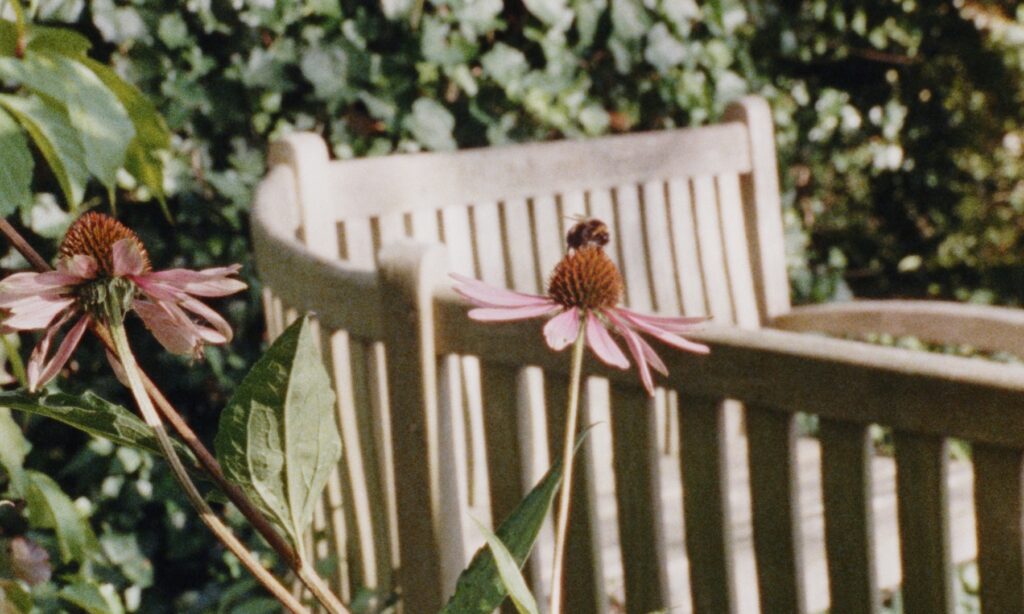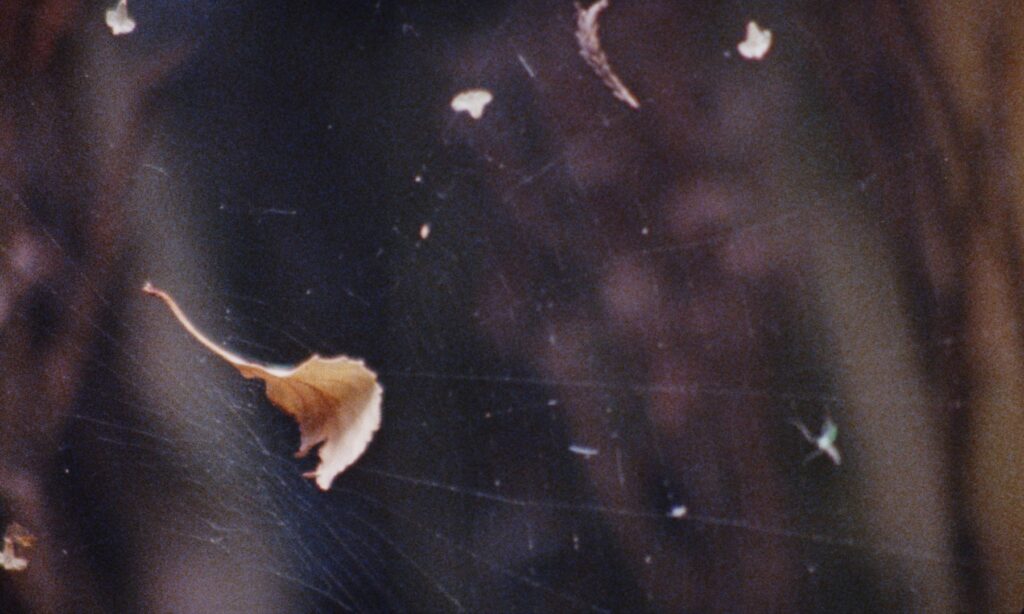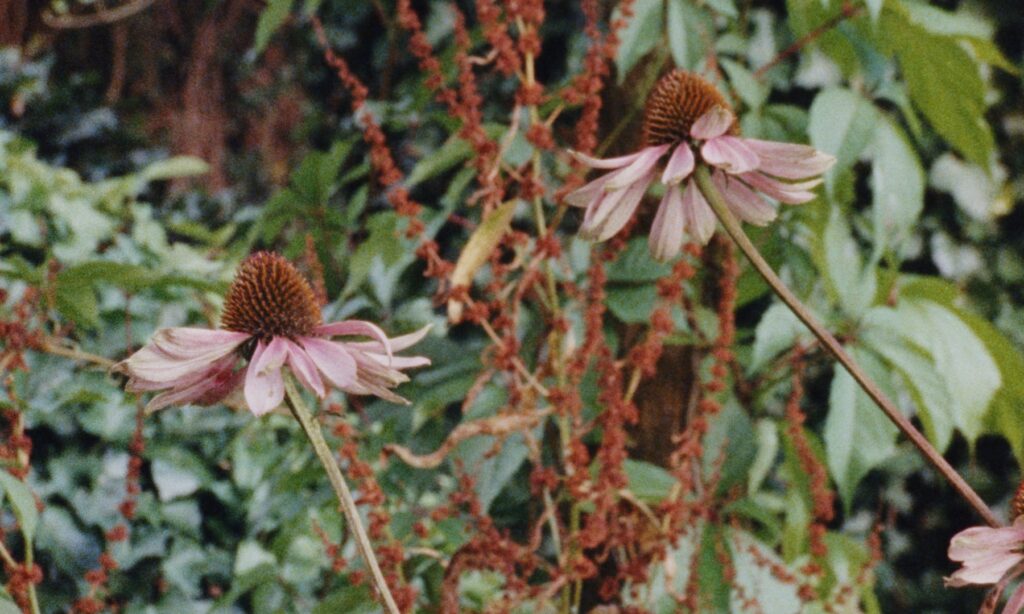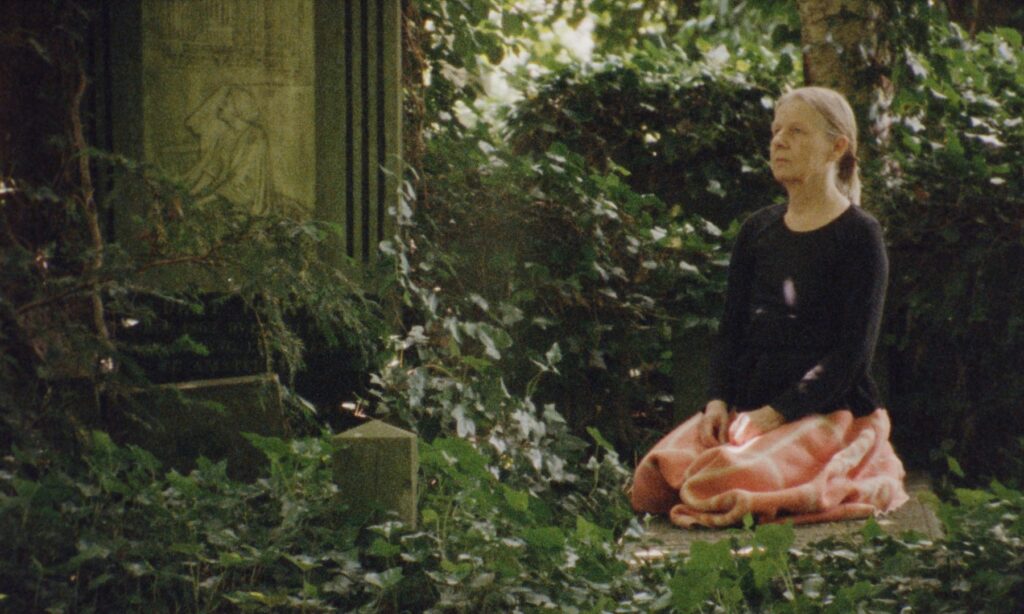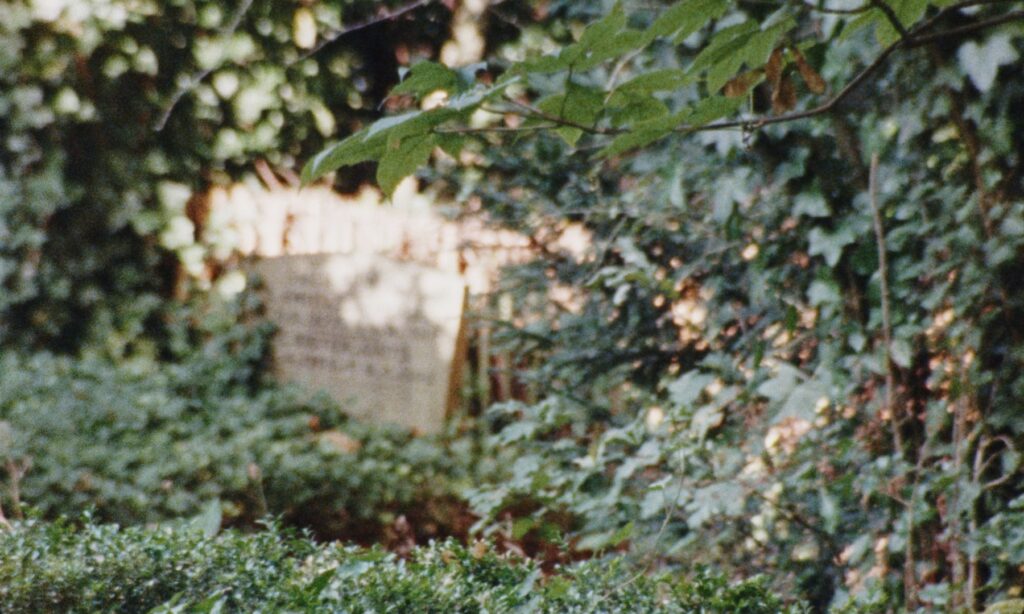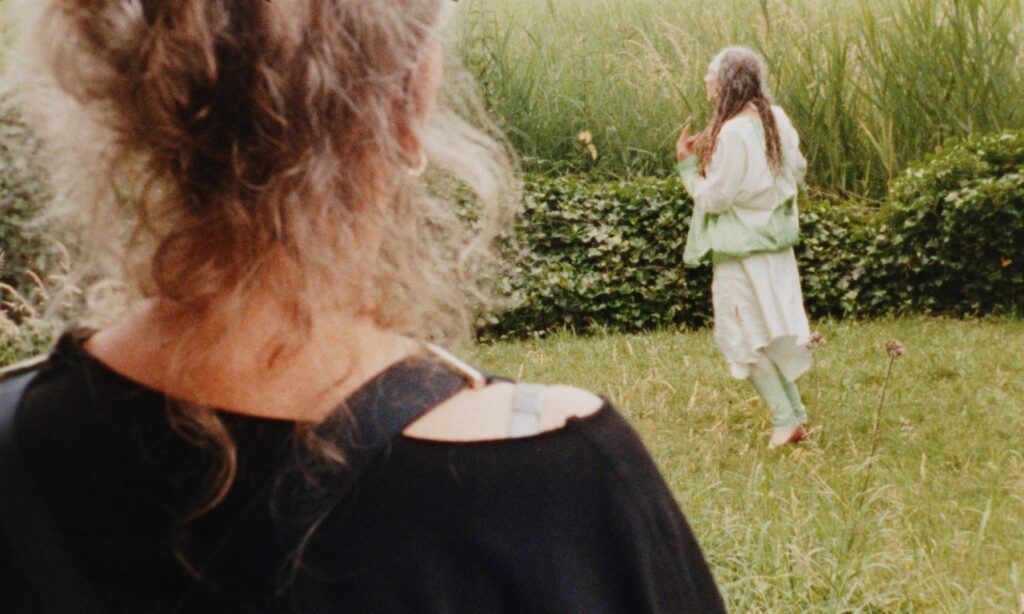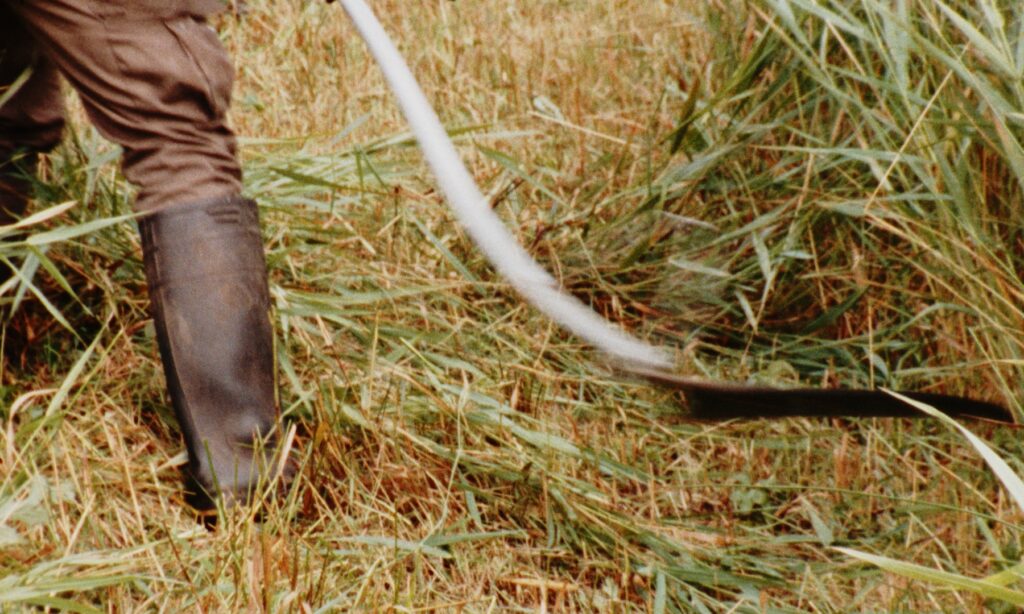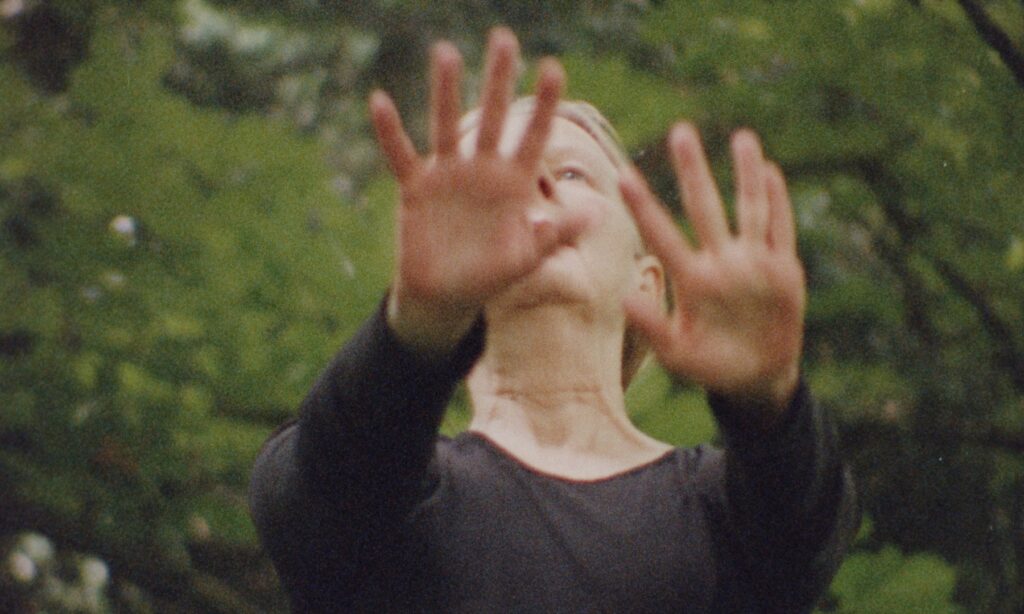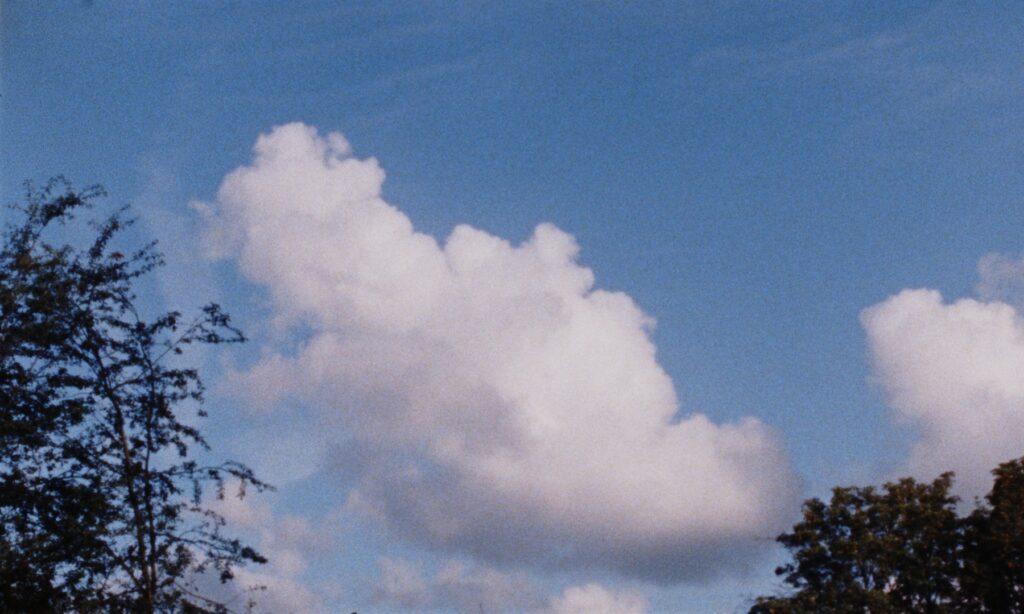This text was first published through my newsletter on November 26, 2024. You can subscribe to my newsletter over here.

I don’t often send these letters. I’d like to reach out more to people, but well; life. Today I’m sharing a few words and a few images.
A note on mourning.
When someone close to you passes on, life feels unreal. I think this feeling of ‘something is truly wrong’ arises from the fact that they are the foundation, the building blocks, of the structure we call self. We are someone in relation to someone else. And so, they pass on and we have to figure out how to rebuild this building that’s missing a foundational piece. How to start and continue this build is a very personal and creative process. I think this is why the often uttered phrase ‘everyone mourns in their own way’ rings so true. Even though this is the case, I think most of us share that sooner or later we come to accept that there’s no brick that will actually fit the empty space left behind; we need to build a new shape from the ground up.
When my father passed in the spring of 2022, we all dealt with the loss in different ways. I took to writing a lot. Incoherent journal entries where I tried to make sense of jumbled emotions and scattered thoughts
My mother, Pierik l’Istelle, had her own process. Out of mourning, she started creating. And this became a project where she sought to make the architectural endeavour of sculpting sense out of loss a unifying and universal experience. Working with others, she made Zielsverwanten (Soulmates), a multi-disciplinary performance.
Zielsverwanten was first performed past summer in the gardens of a beautiful little cemetary called ‘Huis te Vraag’ in Amsterdam. I captured a few moments of the performance and the stage of trees, plants, leaves and bugs.
Later, on November 2 of this year, the garden was brought inside and the audience was temporarily transported back to summer when the show was performed at the Plantage Dokzaal and the images were projected as a backdrop to the performance. In the room next to us, hot chocolate milk was poured and tamales were served, as the local Mexican community celebrated Día de Muertos (Day of the Dead).
Everyone mourns in their own way.
I’m grateful I could contribute some small thing to the creative path my mother chose to walk. Below you’ll find a few stills from the film we projected. They were shot on 16mm color film. If there’s any project where the fickle and transient nature of a film image is suited, it’s a project that speaks about the fickle and transient nature of life itself.
Baltasar
